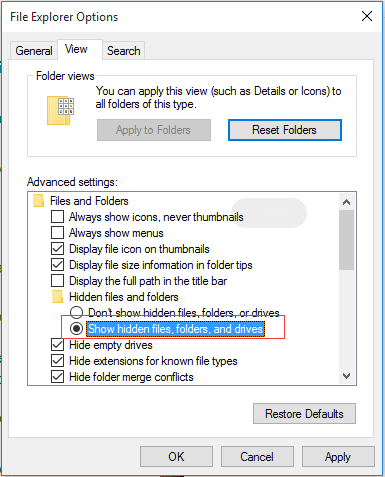

Run EaseUS Data Recovery Wizard > Scan and recover hidden files. Press Windows + R > Enter regedit > Click "OK". Open Command Prompt as Administrator > Enter DISM.exe /Online /Cleanup-image /Restorehealth. Search for PowerShell, right-click the top result, and select the Run as administrator option.Open Folder > View > Check "Hidden items". You can also see a list of hidden and protected operating system files using PowerShell with these steps:


Type the following command to list hidden files for the location and press Enter: dir /adh Search for Command Prompt, right-click the top result, and select the Run as administrator option. To display hidden files and folders while in Command Prompt, use these steps: How to show hidden files with Command Prompt Once you complete the steps, you will now be able to see hidden files as well as protected Windows 10 files within File Explorer. Under the “Advanced settings” section, check the Show hidden, folders, and drives option.Ĭlear the Hide protected operating system files option. To see hidden protected operating system files, use these steps: Show hidden protected operating system files Once you complete the steps, File Explorer will show the hidden as well as unhidden items, but it’ll continue to hide other protected files. Show hidden files and folders in File Explorer Under the “Show/hide” section, check the Hidden items option. To show hidden files and folders in File Explorer, use these steps: How to show hidden files with File Explorer


 0 kommentar(er)
0 kommentar(er)
